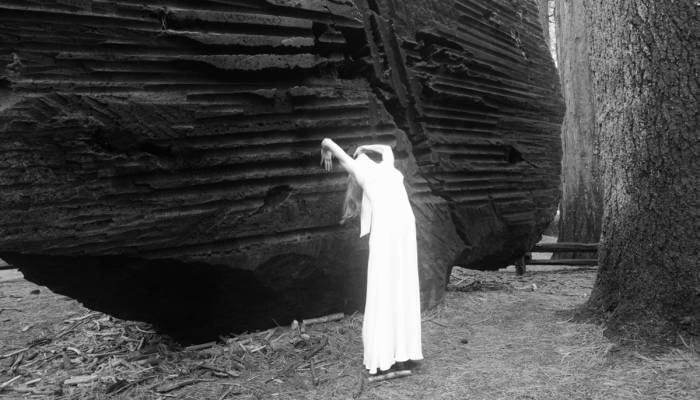Solar Rituals: The Art of Renewing
The sun is, par excellence, the ambassador of the cyclical nature in the human universe.
There’s no need to explain why the sun has held such a protagonist role in all societies throughout history. But the obvious nature of this cultural omnipresence doesn’t discredit the act of reflecting on the lessons the sun radiates to us—in the end, its rays are metaphors.
When we observe the sun and ponder on its behavior, the exercise often leads us to its cyclical nature: that indelible and rhythmic repetition that suggests renewal as an essential, if required, resource in our lives. And it is precisely this quality what has owed it countless rituals around the world.

One of the most important rites among Native Americans is the Sun Dance, which, beyond variations between different groups, is always associated to a sense of renewal, of symbolic resurrection. Ceremonial practices dedicated to the sun took place —and many continue to take place— around the world, whether Celtic, Scandinavian, Meso-American or Roman. It’s hard to think of a culture that has not recognized the sun as an axis of life. And in all cases, they appeal to the sun’s “cyclicalness” as a common denominator, and the rebirth as fundamental values associated to it.
We have learned from solar traditions that a genuine communion with this star involves the cultivation of a practice in appreciation, the art of diluting the past to embrace new beginnings.
Related Articles
When ancient rituals became religion
The emergence of religions irreversibly changed the history of humanity. It’s therefore essential to ask when and how did ancient peoples’ rituals become organized systems of thought, each with their
Larung Gar, the valley that is home to thousands of Buddhist monks
If we think about the monastic life it is very probable that we think about solitude, seclusion, silence and a few other qualities whose common denominator is the appropriate isolation for mediation
Dialogue with the Dalai Lama on science and spirituality
The Dalai Lama has been interested in science since he was a child. Over the years he’s visited many laboratories and has attended conferences that discuss consciousness from the scientific point of
A New Year's resolution for the earth
Worrisome quantities of waste are generated by human populations. Especially in cities, these have reached unprecedented and alarming levels. A largely uncontrolled practice, it affects everything on
The Dark Mountain Project: or how literature can confront ecocide
One impulse from a vernal wood May teach you more of man, Of moral evil and of good, Than all the sages can. Wordsworth, “The Tables Turned” (fragment) Words are elementary. The only reason we can
Are there no women in the history of philosophy?
Do only men philosophize? This could sound like a silly question, but if we quickly review the names of philosophers, from Aristotle to Slavoj Žižek, it would appear to be an exercise that is
Things that are about to disappear: photography as environmental conservation
Cristina Mittermeier is the founder of the International League of Conservationist Photography (iLCP), and is at the front of a modern movement to use photography with environmental purposes. Her work
Architecture And Music; An Affair That Acts On The Matter
A composition is like a house you can walk around in. — John Cage Perhaps music, more than the art of sound, is the art of time. That’s why its communion with space, and architecture, is so often so
Psycho-geography (On The Ritual Casting of a City)
Mrs. Dalloway walked down the streets of London guided by an “internal tide” that made her stop somewhere, enter a store, turn at the corner and continue her journey, as if she were adrift. La dérive
A Theme Park Inspired by Hayao Miyazaki is About to Open …
One of animation’s most spectacular exponents, Hayao Miyazaki, is the artist who transformed the direction of traditional animation forever.










